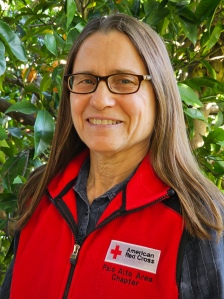Red Cross Service to the Armed Forces Support Wings Over Solano Air Show

On the weekend of March 16, Red Cross Service to the Armed Forces (SAF) volunteers supported the Wings Over Solano Air Show at Travis Air Force Base. This exciting event is held every two years to welcome the public to the Air Base and show off a wide range of military aircrafts, both past and present.
SAF volunteer Liz Dietz led the Red Cross effort which included more than 20 SAF volunteers from the Northern California Coastal Region. Volunteers taught Hands-Only CPR (cardiopulmonary resuscitation) to over 200 visitors throughout the weekend.
Read more




